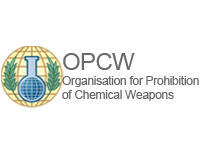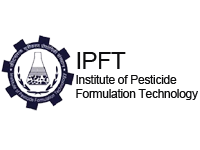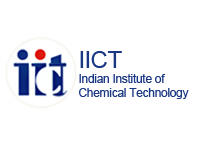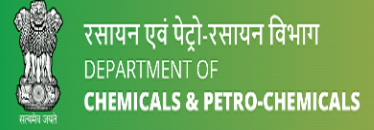ISO 9001
As part of their obligations under Chemical Weapons Convention (CWC), each of the 193 State Parties is required to have a National Authority. India’s National Authority was the first one to obtain an ISO 9001 Certificate on November 26, 2010. NACWC is accredited with ISO 9001:2015, the most recent version. It is part of India’s efforts to ensure effective National Implementation under Article VII of the Chemical Weapons Convention
What are the ISO 9001 standards?
ISO 9001 is a set of standards that provide a framework for establishing, implementing, maintaining, and improving a quality management system (QMS). The standards are part of the ISO 9000 family, which covers various aspects of quality management. ISO 9001 is the only standard in the family that can be certified to, and it is applicable to any organization, regardless of its size or the industry it operates in.
Key elements of ISO 9001 include:
1. *Customer Focus*: Understanding and meeting customer requirements and striving to exceed customer expectations.
2. *Leadership*: Establishing a clear vision and direction for the organization, creating an environment that encourages people to achieve the organization’s quality objectives.
3. *Engagement of People*: Ensuring that competent, empowered, and engaged people at all levels of the organization are essential to enhance its ability to create and deliver value.
4. *Process Approach*: Managing activities and related resources as processes that transform inputs into outputs.
5. *Improvement*: Continuously focusing on improvement to maintain current levels of performance, react to changes in internal and external conditions, and create new opportunities.
6. *Evidence-based Decision Making*: Making decisions based on the analysis and evaluation of data and information.
7. *Relationship Management*: Managing relationships with interested parties, such as suppliers, to optimize their impact on performance.
ISO 9001:2015 is the most recent version, emphasizing risk-based thinking and alignment with other management system standards through a common structure and core text.














